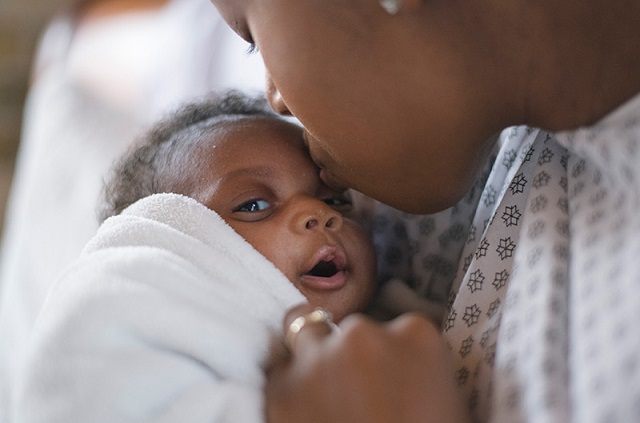
Uganda’s 3rd Safe Motherhood Conference discusses innovative solutions
Kampala, Uganda | PATRICIA AKANKWATSA | Uganda’s Ministry of Health, in partnership with PATH Uganda, convened a three-day conference to address the pressing issue of maternal mortality. The “Safe Motherhood Conference” aim was to share insights, discuss innovative solutions, and strategize on reducing the alarming number of mothers who lose their lives during childbirth. The event was held at the Speke Resort Munyonyo from October 23rd to 25th, 2023, under the theme, “Reach Every Mother and Every Newborn.”
According to data from the 2022 Uganda Demographic Health Survey, maternal mortality rates have seen a decline from 336 to 189 per 100,000 live births. Similarly, infant mortality rates have improved from 43 to 34 per 1,000 live births. The Ministry of Health has established a robust system to identify and categorize women at risk, providing continuous monitoring and ensuring their ongoing care.
However, the country continues to register several mothers dying due to preventable causes that include; obstetric haemorrhage, hypertensive disorders, sepsis, obstructed labour and unsafe abortion.
According to Dr Henry Mwebesa Director of the General Ministry of Health, perinatal mortality has stagnated at around 38 per 1,000 live births and this is three times the Sustainable Development Goal (SDG) and Every Newborn Action Plan (ENAP) target of 12/1000 neonatal deaths by 2030.
“The health workforce is a central pillar in ensuring a functional health system and provision of quality services but as well as accelerating progress towards achieving set targets in Maternal and Child Health,”
“There is a dire need to improve the capacity of health workers at all cadres in terms of diagnosis and management of mothers to ensure Safe Motherhood,”
He added that strengthening health workforce capacity through regular mentorships coupled with proper ethical and moral conduct during practice, equitable distribution of health workers at all levels of care as well as establishing key retention and motivation strategies will move Uganda to last-mile efforts towards achieving its national and global targets.
Margaret Muhanga, the state minister in charge of Primary Health Care, acknowledged the sensitive nature of issues related to maternal health and the existence of various myths and misconceptions.
She expressed her gratitude to skilled birth attendants who have significantly contributed to the improvement in mortality ratios since the last Uganda Demographic Health Survey report in 2016.
Muhanga expressed the belief that the Safe Motherhood conference offers Uganda the ideal platform to reflect on the progress made in delivering the different facets of safe motherhood.
“It serves as an opportunity to contribute to key agendas and campaigns designed to enhance maternal and reproductive health in the nation,” she said.
Assistant Commissioner in charge of Reproductive and Infant Health, Dr Richard Mugahi, emphasised that the achievement of safe motherhood is a collective responsibility. This endeavour necessitates the collaboration and commitment of various sectors within the nation, including families, educators, employers, healthcare providers, community groups, and other stakeholders.
Uganda has made commendable progress toward its goal of ensuring health facilities are accessible within a 5-kilometre radius.
“85% of the population can access health facilities within that radius, with the remarkable target of 100% accessibility by 2025,” Mugahi said.
As Uganda strives to meet Sustainable Development Goal (SDG) targets, which aim to reduce maternal mortality ratios to 70 per every 100,000 live births and newborn deaths to 12 per 1,000 live births, the public is called upon to support the government’s relentless efforts in promoting safe motherhood initiatives.
 The Independent Uganda: You get the Truth we Pay the Price
The Independent Uganda: You get the Truth we Pay the Price



